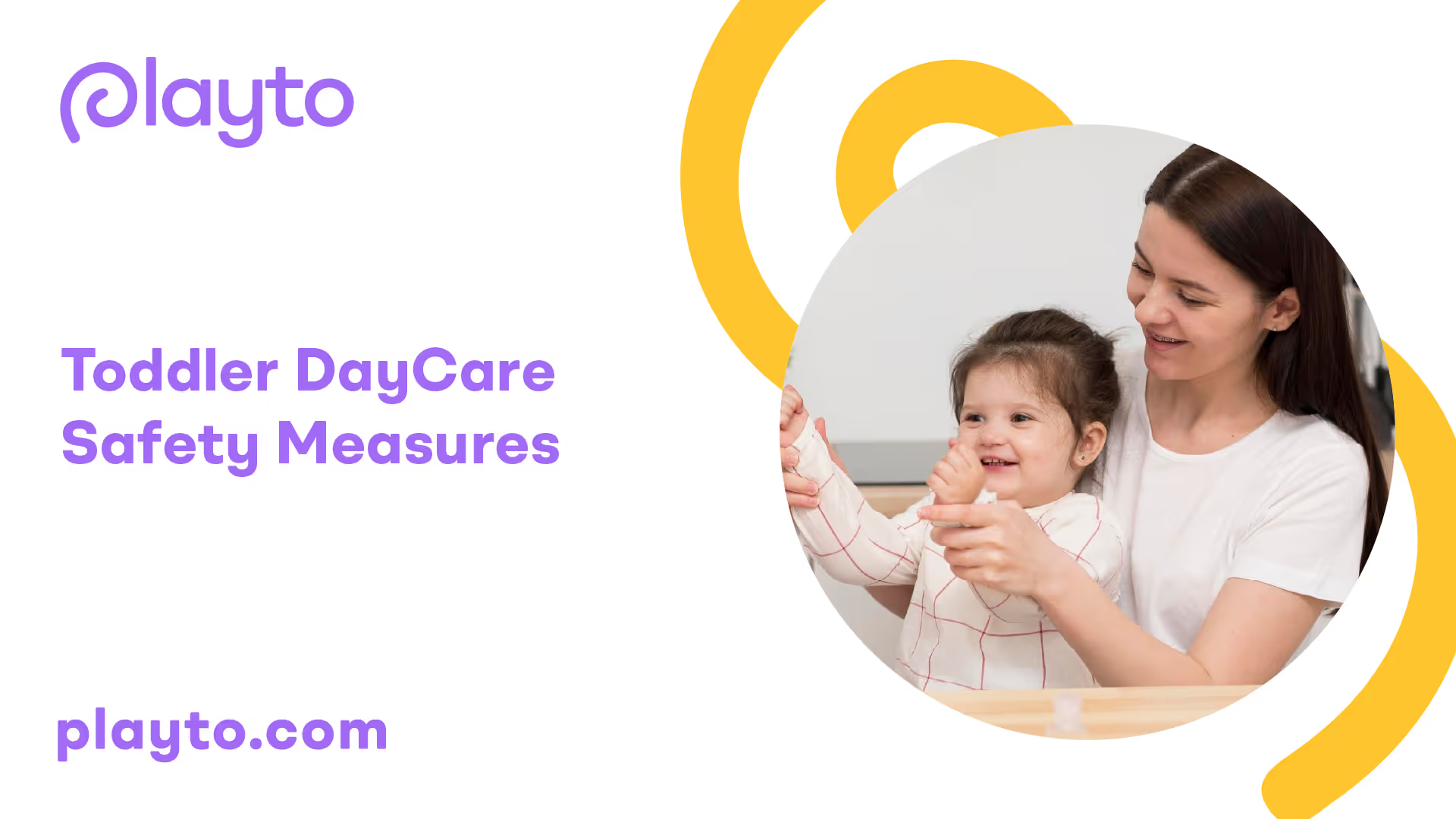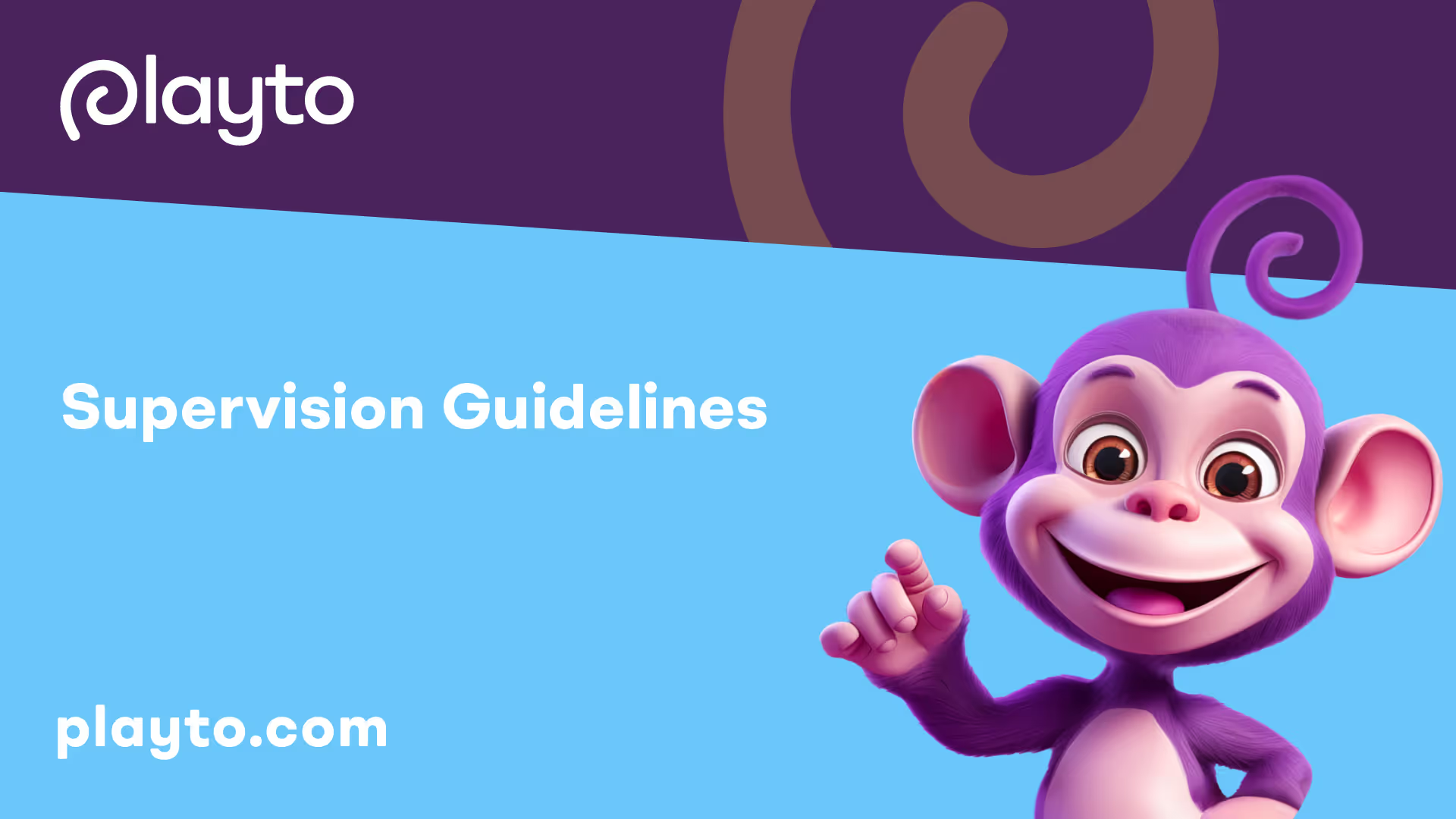
Importance of Safety Measures
Implementing effective safety measures in toddler daycare settings is essential. Understanding toddler vulnerabilities and recognizing common safety risks are critical steps in safeguarding children.
Understanding Toddler Vulnerabilities
Toddlers are particularly susceptible to various hazards due to their developmental stage. Their natural curiosity often leads them to explore their surroundings without understanding potential dangers. For example, toddlers are most prone to poisoning, while preschoolers are at higher risk of drowning.
The following table outlines the specific vulnerabilities by age group:
Age Group Common Vulnerabilities
- Toddlers (1-3 years): Poisoning, falls
- Preschoolers (3-5 years): Drowning, falls
- School-aged (5+ years): Pedestrian accidents
Common Safety Risks
Several common safety risks pose threats to toddlers in daycare settings. Falls are the leading cause of non-fatal injuries for children aged 0-4 years, according to the National Safety Council [2]. Additionally, drowning remains a serious concern, as it is the second leading cause of injury-related death among children under age 15, with many incidents occurring when children are briefly out of sight.
To further understand the safety risks, here is a summary of notable concerns:
Safety Risk Description
- Falls: Leading cause of non-fatal injuries in toddlers; can occur from climbing, jumping, or tripping.
- Drowning: Significant risk during water activities; occurs rapidly, often when supervision lapses.
- Poisoning: Common risk due to household products, medications, or toxic plants; requires careful storage and supervision.
Awareness of these vulnerabilities and risks is essential for designing effective safety measures in toddler daycare environments. For more information on how daycare can benefit toddlers, visit our article on daycare benefits for toddlers.

Supervision Guidelines
Effective supervision is crucial in ensuring the safety and well-being of toddlers in daycare settings. It is essential to adhere to recommended staff-to-child ratios and maintain active supervision to create a nurturing environment.
Recommended Staff-to-Child Ratios
To provide optimal care for toddlers, it is important to maintain appropriate staff-to-child ratios. Research indicates that infants and toddlers in child care centers thrive in small group sizes with sufficient caregivers. The ideal ratio for toddlers is one provider for every four children, with groups no larger than eight children.
Age Group Recommended Ratio Maximum Group Size
- Infants: 1:36
- Toddlers: 1:48
Having more providers ensures better quality care and fosters positive interactions between children and caregivers, leading to enhanced developmental outcomes.
Importance of Active Supervision
Active supervision is imperative in a toddler daycare environment. Child care staff must remain within sight and hearing of the children at all times, without reliance on mechanical devices such as baby monitors or video cameras. Relying on such devices does not fulfill supervision requirements, as caregivers must be actively engaged with the children.
Moreover, staff members should not be counted in the staff-to-child ratio if they are engaged in activities that distract them from supervising the children, such as conversations with parents or phone calls.
Implementing these supervision guidelines helps create a safe, responsive, and engaging environment for toddlers, fostering their growth and development. For more insights on how daycare shapes toddler growth, check out our article on how daycare shapes toddler growth.

Emergency Preparedness
Preparation for emergencies is a crucial aspect of toddler daycare safety measures. Understanding the types of potential emergencies and having clear evacuation and shelter procedures can significantly enhance the safety and well-being of children in daycare settings.
Types of Emergencies
Daycare facilities must be equipped to handle various types of emergencies. These can be broadly categorized into three types:
Emergency Type Description
- Evacuation Emergencies: Situations requiring leaving the building (e.g., fires, gas leaks).
- Shelter-in-Place Emergencies: Scenarios where staying indoors is safer (e.g., tornadoes, external threats).
- Lockdown Emergencies: Threats inside the building (e.g., intruders) requiring locking doors and barricading entrances. Early Learning Ventures
Evacuation and Shelter Procedures
Having established procedures for both evacuation and shelter-in-place scenarios is essential for ensuring the safety of toddlers.
- Evacuation Procedures
- Every daycare should have a comprehensive written policy covering evacuation procedures. This includes designated exit routes and meeting points outside the building.
- Regular drills should be conducted to familiarize both staff and children with the evacuation process.
- Shelter Procedures
- In situations requiring shelter, staff should guide children to designated safe spots within the facility. These areas should be equipped with necessary supplies and away from windows.
- Drills for shelter-in-place emergencies should include instructions on how to remain calm and safe until the threat has passed.
- Lockdown Procedures
- Lockdown plans must include specific actions for staff and children to take in response to an internal threat. This includes locking doors, turning off lights, and remaining quiet.
- Staff should ensure that all children understand the importance of lockdown procedures without instilling fear.
Following these guidelines helps create a safe environment for toddlers in daycare settings. For more information on making informed choices regarding daycare, check our article on choosing the best toddler daycare.
Health and Safety Training
Effective health and safety training is essential for ensuring that toddler daycare facilities maintain a safe environment for young children. This training equips staff with the knowledge and skills they need to promote the well-being of the toddlers in their care.
Required Staff Training
Staff members in toddler daycare programs must undergo specific training to meet state regulations and ensure they are equipped to handle various situations that may arise while caring for children. According to research, trained caregivers are more likely to enhance the physical and mental health, safety, and cognitive development of the children in their care.
The required training often includes:
Training Topic Description
- Child Development: Understanding the developmental stages of toddlers.
- Health and Safety Standards: Knowledge of hygiene, nutrition, and safety protocols.
- First Aid and CPR: Skills to respond to emergencies effectively.
- Behavior Management: Techniques for managing toddler behavior positively.
- Emergency Procedures: Knowledge of evacuation routes and emergency contacts.
State or territory child care licensing offices monitor licensed programs to ensure that staff meet all training requirements as mandated by local regulations.
Ongoing Safety Education
Ongoing education is crucial for staff in toddler daycare settings. This training helps them stay updated on the latest health and safety protocols and best practices. Federal law mandates specific health and safety training for staff members caring for children receiving federal financial assistance, highlighting the need for continual learning.
Ongoing education typically covers:
Education Topic Importance
- Infectious Disease Prevention: Strategies to prevent the spread of illness.
- Child Abuse Recognition: Identifying and reporting suspected abuse.
- Updated Emergency Procedures: Refreshing knowledge on evacuation and shelter protocols.
- New Health Guidelines: Keeping abreast of changes in health regulations.
Child care health and safety training is critical for providers to create a safe environment by identifying potential hazards, preventing infectious diseases, and responding effectively to emergencies, including performing CPR and basic first aid.
For parents considering daycare options, understanding the importance of staff training is essential. Choosing a facility that prioritizes health and safety training ensures that their toddlers are cared for in a safe, nurturing environment. For more information on selecting the right daycare, refer to our guide on choosing the best toddler daycare.
Medication Administration Protocols
Effective medication administration protocols are vital in toddler daycare settings to ensure the safety and well-being of children. With an estimated 25% to 43% of children in the U.S. taking medications for various health issues, it is crucial for daycare centers to establish clear guidelines for managing and administering these medications.
Managing Children’s Medications
Parents and families play a central role in providing essential medical information regarding their children, including details about ongoing treatments and any medications needed during daycare hours. It is important that parents deliver properly labeled medications to the daycare staff, which includes clear instructions on dosage and timing. Trained staff members are responsible for storing medications securely and administering doses according to the provided guidelines.
A standardized process for medication management helps prevent common errors associated with administering medications in daycare settings. The following table outlines key components required for effective medication management:
Component Description
- Medication Storage: Medications must be stored in a secure and designated area.
- Labeling: All medications should be clearly labeled with the child's name, dosage, and administration times.
- Documentation: A log should be maintained for each medication administered, including the date, time, and any observations.
- Parent Communication: Regular communication with parents regarding their child's medication schedule and any concerns.
Safety Procedures for Medication
Establishing safety procedures for medication administration is crucial to protect children from potential health risks. These procedures help reduce the likelihood of mistakes, such as missing doses or administering incorrect medications.
The American Academy of Pediatrics (AAP) supports the development of policies that facilitate safe medication practices in daycare environments. Key safety procedures include:
- Training Staff: Staff members should receive training on proper medication administration techniques, including how to identify adverse reactions.
- Emergency Preparedness: Daycare centers should have protocols in place for managing emergencies related to medication, such as allergic reactions or overdoses.
- Self-Administration: Federal law encourages schools and daycare centers to allow children to self-administer specific emergency medications, such as those for asthma or anaphylaxis. However, health staff should be involved to ensure safety [6].
- Regular Reviews: Periodic reviews of medication policies and procedures should be conducted to ensure they remain relevant and effective.
By implementing these medication administration protocols, toddler daycare centers can promote a safe environment and support the health needs of children. For additional information on daycare benefits and choosing the best daycare options, check our articles on daycare benefits for toddlers and choosing the best toddler daycare.
Regular Safety Inspections
Regular safety inspections are crucial in ensuring that toddler daycare centers maintain a safe and nurturing environment for children. These inspections help identify potential hazards and ensure compliance with safety standards.
Importance of Inspections
Inspections are a routine part of a child care center's operations. They monitor essential aspects such as staff training, facilities, equipment, and procedures to ensure a safe atmosphere for children. By conducting regular inspections, daycare centers can:
Benefit Description
- Identify Hazards: Spot potential dangers before they cause harm.
- Ensure Compliance: Confirm that the center meets local and state regulations.
- Enhance Staff Training: Assess if staff are adequately trained in safety protocols.
- Improve Facilities: Maintain equipment and facilities to prevent accidents.
Using Safety Checklists
Child care centers can utilize checklists to evaluate their safety practices against the latest standards. These checklists enable centers to mark items as yes/no or use a point scale, which can be beneficial for:
- Daily, weekly, or monthly reviews
- Assessing adherence to safety standards
- Tracking improvements over time (Procare Software)
A sample safety checklist might include:

Using checklists not only promotes accountability but also encourages a proactive approach to maintaining safety in toddler daycare settings. For those looking to enhance their knowledge about daycare environments, exploring the benefits of daycare for toddlers can provide further insights into how safety measures contribute to overall child development.
References
- [1]: https://childcare.extension.org/preventing-injuries-in-child-care/
- [2]: https://www.earlylearningventures.org/everything-you-ever-wanted-to-know-about-child-care-health-and-safety-training/
- [3]: https://www.clasp.org/improve-center-ratios-and-group-sizes
- [4]: https://emanuals.jfs.ohio.gov/history/ChildCare/
- [5]: https://childcare.gov/consumer-education/staff-qualifications-and-required-trainings
- [6]: https://www.healthychildren.org/English/safety-prevention/
- [7]: https://www.procaresoftware.com/blog/indoor-and-outdoor-safety-checklist-for-child-care-centers/
.avif)